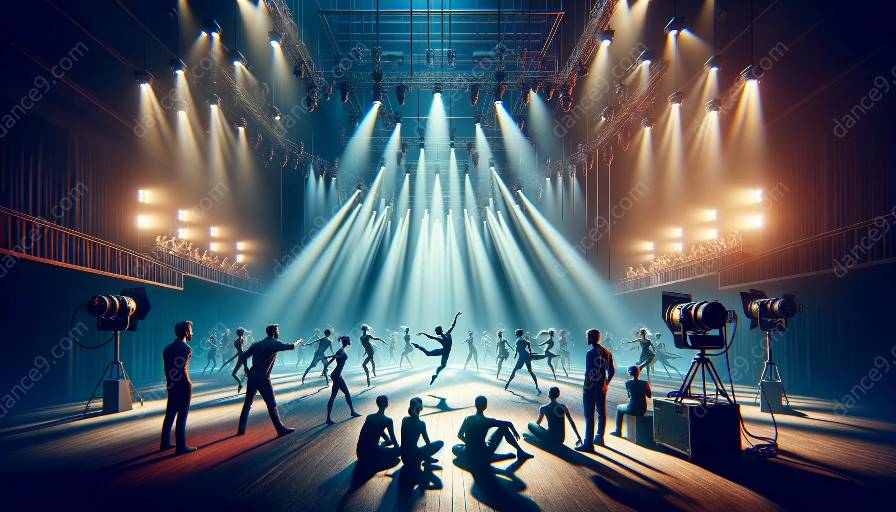Dance is not merely movement; it's a story. The narrative aspects in choreography and lighting play a crucial role in communicating the emotions, themes, and messages of a dance performance. In this comprehensive guide, we will delve into the intersection of narrativity, choreography, and lighting techniques, uncovering the magical ways in which storytelling comes to life on stage.
Exploring the Narrative in Choreography
Choreography is the art of designing and arranging the movements and steps within a dance performance. It serves as the language through which dancers express stories and emotions. Every movement, gesture, and formation contributes to the narrative, shaping the audience's experience and understanding of the dance.
Incorporating narrative elements in choreography involves the intentional use of space, timing, and dynamics to convey a story or evoke specific feelings. Choreographers utilize various tools such as symbolism, motifs, and character development to create a cohesive narrative arc within the dance piece. Moreover, they often draw inspiration from literature, mythology, or personal experiences to infuse their choreography with rich, meaningful stories.
Emotional Resonance through Movement
One of the most profound narrative aspects in choreography is the ability to evoke emotional responses through movement. Dancers embody characters, emotions, and relationships through their physical expressions, engaging the audience on a deep, emotional level. The interplay of choreographic elements such as body language, facial expressions, and spatial relationships contributes to the development of a narrative that transcends words.
Choreographic Tools for Storytelling
Choreographers employ a range of techniques to craft compelling narratives. They use motifs and recurring movement sequences to establish themes and character traits, developing a coherent storyline. Additionally, the use of spatial design, levels, and pathways creates visual storytelling, guiding the audience's focus and understanding of the narrative progression.
Illustrious Role of Lighting
Lighting design is an indispensable component in dance performances, serving as an active storyteller through its visual language. The interplay of light and shadow not only highlights the dancers but also shapes the mood, atmosphere, and thematic context of the choreography. Lighting designers are adept at using color, intensity, and movement of light to enhance the narrative and elevate the emotional impact of the dance.
Setting the Mood and Atmosphere
Strategic lighting choices can transport the audience to different worlds, evoke specific time periods, or establish the emotional tone of a dance piece. By manipulating the quality and direction of light, designers can create dynamic atmospheres that complement the choreography, enriching the narrative with visual depth and texture.
Visual Composition and Narrative Enhancements
Lighting design contributes to the visual composition of the performance, guiding the audience's focus and perception. It accentuates key moments, amplifies the dramatic tension, and illuminates thematic elements within the choreography. The interplay of light and dark, highlighting and shadowing, shapes the unfolding narrative, offering layers of visual storytelling beyond the movements of the dancers.
Fusion of Art Forms
When choreography and lighting techniques intertwine, a mesmerizing fusion of art forms emerges. Harmonizing narrative aspects in choreography with thoughtful lighting design yields a more profound and evocative dance experience. The synergy between movement and light creates multi-dimensional narratives that resonate with audiences, impelling them into the enchanting world of dance storytelling.






































